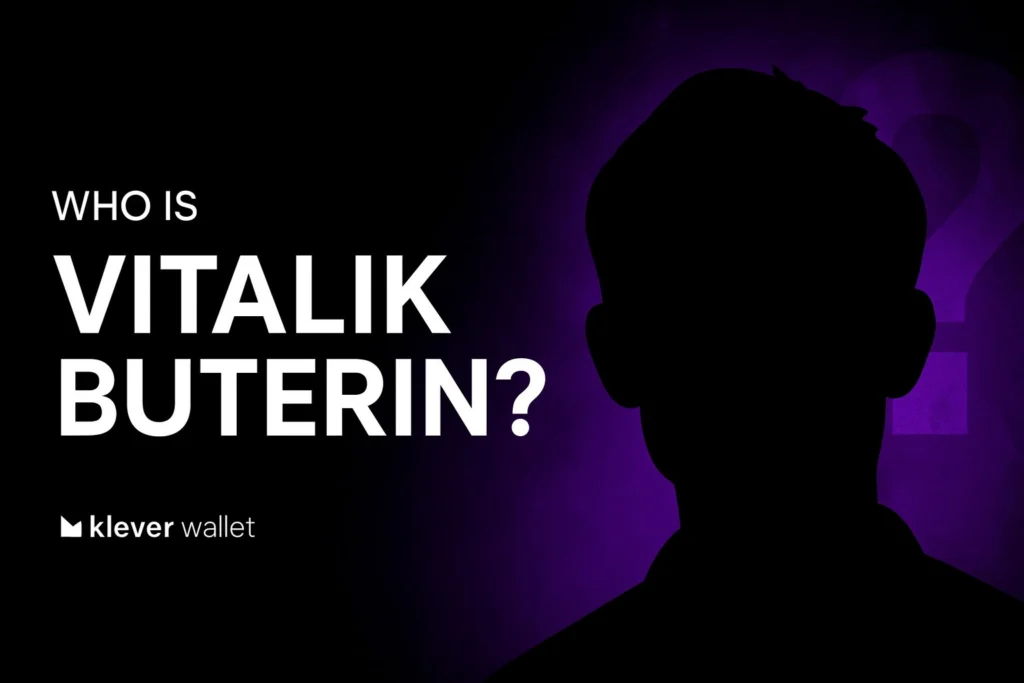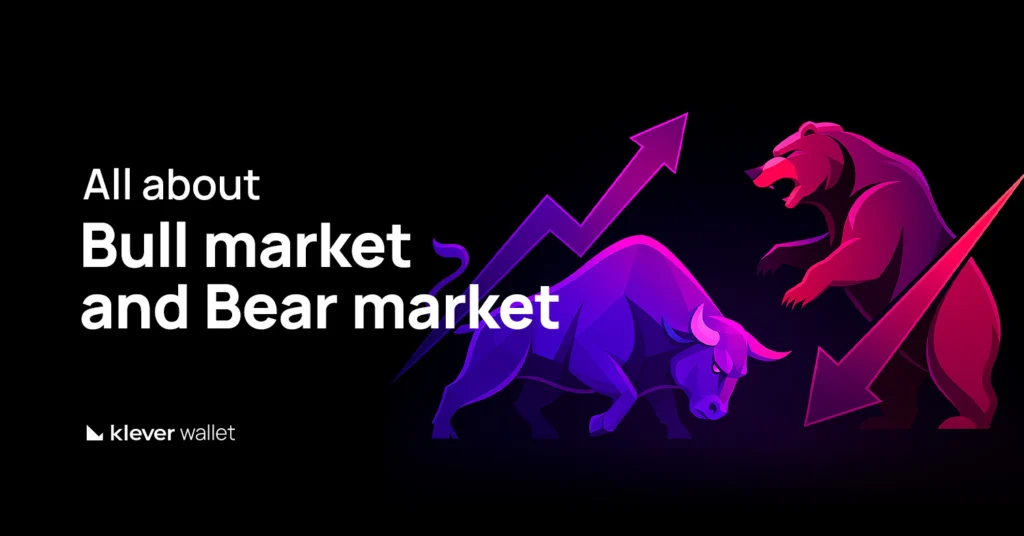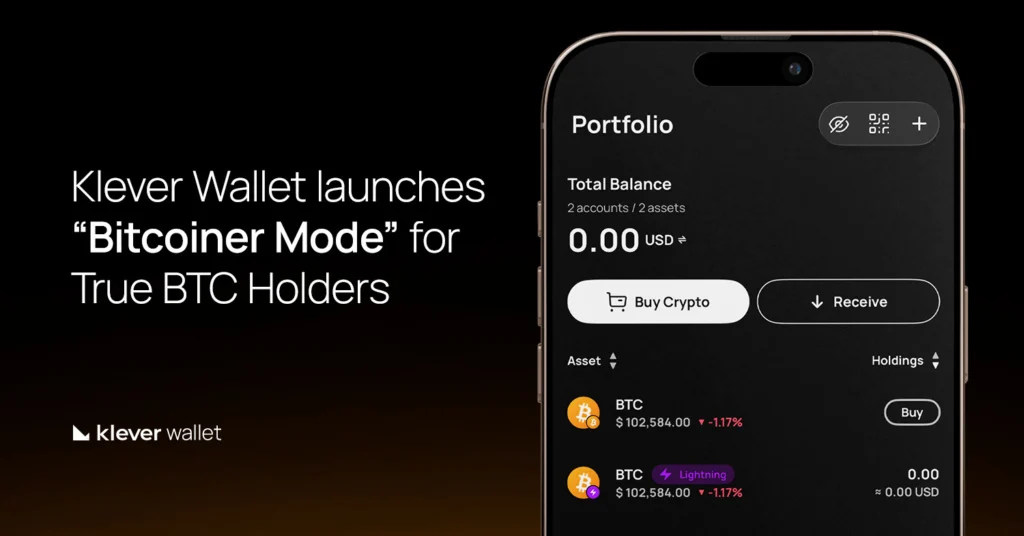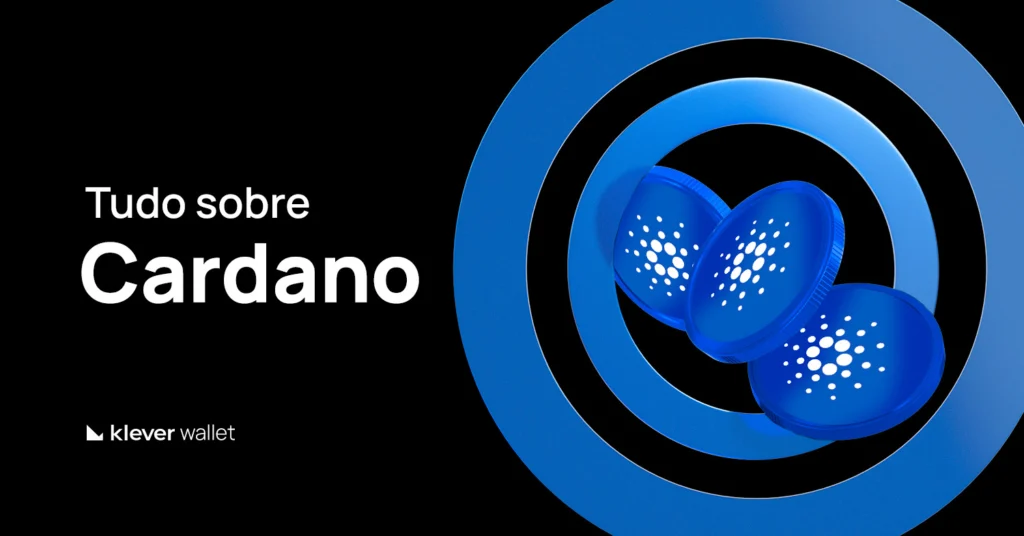
Vitalik Buterin helped turn a simple idea into one of the most widely used digital infrastructures in the world.
His work paved the way for smart contracts, dApps, DeFi, NFTs, and new models of online coordination.
But before becoming a global reference, he was just a curious teenager, obsessed with logic, mathematics, and complex systems.
Understanding Vitalik means understanding how major transformations begin — with simple questions and enough ambition to search for answers no one had dared to explore.
This is the story, the ideas, and the impact of one of the most influential figures in Web3.
The Origin of Vitalik Buterin
Vitalik Buterin was born in 1994 and moved to Canada with his family as a child. At school, he quickly stood out for his uncommon talent in mathematics and programming. This analytical mindset would follow him throughout his life.
As a teenager, he heard about a digital currency that promised a new way to organize value on the internet. That sparked something immediate: a desire to understand how distributed systems could operate without a central authority.
This moment lit an intellectual spark — how could one build structures capable of functioning in an open, transparent, and coordinated way without a single entity controlling everything?
The pursuit of that question would eventually become the most ambitious project of his life.
Vitalik Buterin’s First Steps in the Crypto World
Before even considering creating his own blockchain network, Vitalik wrote analyses, technical explanations, and opinions about the industry. He became known for his ability to spot the limitations of existing technologies and propose new paths forward.
It was during this period that he began shaping a thought that would change everything: blockchains could do far more than just record transactions.
How Did Ethereum Emerge?
Between 2013 and 2014, Vitalik developed a proposal that would become the seed of Ethereum. The core idea was clear: a blockchain network capable of running full applications, allowing anyone to program digital agreements.
With support from developers and researchers, the proposal evolved quickly. In 2015, the network was launched publicly, introducing entirely new tools for anyone who wanted to build digital solutions without intermediaries, including:
- Smart contracts: code that executes actions automatically based on rules defined by the creator;
- Decentralized applications: software that doesn’t rely on traditional servers;
- Tokens: programmable digital units that enable the creation of entirely new economies within the network;
- Complete infrastructures built on the same foundation: allowing projects to share security and interoperate with one another.
This combination opened doors no one had explored before:
- Developers began creating new types of services.
- Companies saw the potential to automate processes.
- Artists discovered a new way to register their work.
- Governments started testing solutions for transparency and digital identity.
In a short time, Ethereum moved beyond being a technical innovation and became one of the largest technology platforms in the world, influencing sectors such as finance, art, digital rights, gaming, identity, and social coordination.
What Makes Ethereum Different?
Vitalik’s key insight was realizing that a blockchain didn’t need to be limited to a single service. It could function as a global computer, where every participant contributes to security, validation, and trust.
In other words, Ethereum wasn’t created to be a currency — it was created to be an infrastructure.
This idea opened space for entire segments that simply didn’t exist before, such as:
- DeFi markets: global digital financial services built through code;
- NFTs: a way to register digital ownership in a verifiable manner;
- DAOs: organizations that operate through automatic rules and collective decision-making;
- Web3 games: games with their own assets and economies controlled by players;
- Verifiable digital identity: systems that let you prove who you are without banks or centralized companies;
- Governance platforms: tools that enable voting, decision-making, and online coordination with transparency.
The revolution didn’t happen only at the technical level. It reshaped how we think about collaboration, ownership, creation, and coordination on the internet.
Vitalik’s Vision: Ideas, Research, and Philosophy
Vitalik Buterin isn’t limited to the role of a developer. He acts as a researcher who questions, proposes, and continually revisits the direction of the technology he helped create.
In his writings, technical papers, interviews, and public discussions, he explores themes that go far beyond code.
1. Reducing Points of Control in Digital Platforms
Vitalik studies ways to prevent open networks from becoming dominated by small groups with excessive power. He advocates for models where decisions, validations, and upgrades are distributed — avoiding the concentration patterns typical of traditional platforms.
2. Clearer and More Participatory Governance
One of the topics he develops most is governance — not in the classic political sense, but how digital systems can make collective decisions without relying on fixed leaders. He proposes models that:
- give participants an active voice,
- make choices more transparent,
- avoid arbitrary decisions,
- strengthen trust in the process.
3. Balancing Efficiency and Security
Vitalik frequently discusses the trade-offs between speed and protection. For him, no network should sacrifice security just to be faster — but it also shouldn’t ignore improvements that make the experience more accessible.
4. Preserving Open Networks
In many of his writings, Vitalik warns that decentralized networks can lose their essence if they become too dependent on companies, dominant validators, or narrow interests.
For him, keeping an ecosystem open is essential to support continuous innovation and equal access.
5. Technology With Real Social Impact
Vitalik views blockchains as tools capable of improving lives — by expanding financial inclusion, strengthening public transparency, or enabling new forms of collaboration. He studies:
- digital identity,
- community coordination,
- incentive redistribution,
- voting systems,
- the use of technology in humanitarian aid.
He consistently highlights the risk of repeating the mistakes of traditional systems if the community doesn’t reflect on power, incentives, and collective behavior.
This critical perspective — aligned with a genuine concern for the future of technology — is what makes Vitalik so influential.
Vitalik Buterin’s Key Technical Contributions
His technical work spans several essential areas of Web3, always with a focus on security, efficiency, and innovation. Over the years, Vitalik has been directly involved in breakthroughs such as:
1. Scalability: Rollups, ZK Proofs, and Additional Layers
Vitalik is one of the leading voices driving solutions to expand network capacity without sacrificing security. Among these advances are layer-based scalability models, including:
- ZK-rollups: technologies that process multiple transactions off-chain and submit only compact cryptographic proofs to the main network, reducing costs and increasing speed;
- Optimized rollups: systems that expand network usage without raising energy consumption;
- Modular layer design: an architecture that separates execution, consensus, and data availability so each component can evolve independently.
These solutions form the foundation for enabling millions of users to access Ethereum at lower costs.
2. Transition to a More Efficient Validation Model
Vitalik played a crucial role in shifting Ethereum toward a validation model that reduces energy consumption while strengthening the network’s economic security. This transition introduced benefits such as:
- stronger protection against attacks,
- better-aligned incentives for validators,
- drastic reduction in computational demand,
- new opportunities for future scalability upgrades.
This update became one of the most significant transitions ever made on an active blockchain.
3. Blockchain Integration (Interoperability)
Vitalik researches ways to connect different networks without depending on fragile intermediaries. He analyzes:
- more secure bridge models,
- direct verification between blockchains,
- cross-network communication through cryptographic proofs,
- reduction of weak points in multi-chain systems.
The goal is to allow assets, data, and applications to move across networks reliably.
4. Digital Coordination and Economic Security
Beyond the technical layer, Vitalik dives deep into topics such as:
- aligning incentives among validators, users, and developers,
- preventing behaviors that could jeopardize the network,
- designing models that reduce conflict and encourage collaboration,
- ensuring decentralized systems continue functioning even under economic or social attacks.
These studies influence everything from Ethereum’s architecture to governance decisions and continuous improvements.
Vitalik Buterin and your Philanthropy
Vitalik regularly donates to initiatives related to:
- health
- scientific research
- social protection
- open-source development
These contributions reinforce a core idea in his philosophy: technology should expand possibilities, not concentrate power.
Interesting Facts About Vitalik Buterin
A few details help reveal the person behind the programmer:
- In his youth, he became frustrated when an online game changed its rules without warning — an experience that shaped his views on centralized systems.
- He prefers to live simply, despite his global recognition.
- He continues to participate in public debates, interviews, and podcasts about the future of technology.
This low-profile lifestyle contrasts sharply with the magnitude of the impact he has made.
Vitalik Buterin’s Legacy for Web3
Even after a decade of Ethereum, Vitalik’s influence remains strong.
His work:
- opened space for entire new markets,
- enabled the creation of open financial solutions,
- made new models of digital art possible,
- inspired participation-driven governance,
- encouraged critical thinking about how networks should be built.
Vitalik isn’t just the creator of a technology — he is one of the intellectual foundations supporting Web3.
What Professionals Can Learn from Vitalik
His journey offers valuable lessons:
- Think long term. Ethereum was born from a clear vision, not trends.
- Question limitations. He built something new because he refused to accept technical barriers as final.
- Value the community. The network exists only because thousands collaborate.
- Build platforms, not just products. The impact becomes far greater.
- Embrace complexity without losing clarity. Vitalik is direct, pragmatic, and profound at the same time.
These ideas apply not only to technology but also to business, content, and marketing.
The Future Shaped by Vitalik Buterin’s Ideas
Vitalik Buterin’s story shows how curiosity, vision, and the ability to question the obvious can transform an entire industry.
His role goes far beyond code. He is a thinker who sparks essential reflections and a researcher who anticipates challenges long before they become real problems.
And despite everything he has already accomplished, his influence continues to evolve. Vitalik keeps envisioning possibilities, raising concerns, and opening discussions that point toward the next chapters of Web3.
His journey is a powerful reminder: the future of technology isn’t inevitable — it’s built by those who have the courage to imagine better alternatives.




